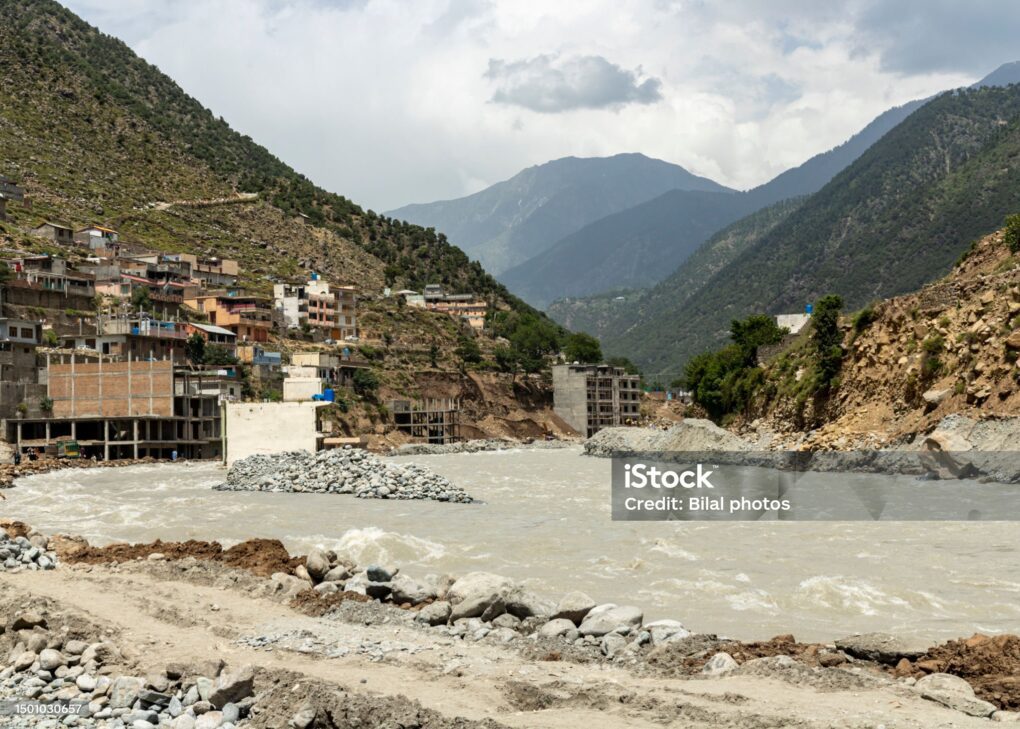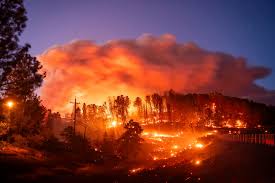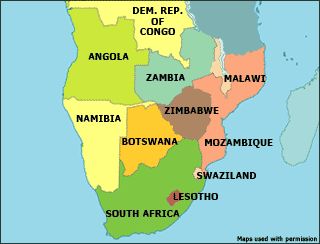An earthquake of 6.5 magnitude struck the historic city of Bam on 26th December 20 in Kerman province in the southern Iran. The devastating event, according to the official reports, took more than 30,000 lives and about 25,000 people were injured. More than 80% of the town’s buildings were also destroyed.
Iran rests on a highly active seismic zone, situated along the Eurasian tectonic plate. This geographical position exposes the country to frequent earthquakes. The Bam earthquake was a part of the string of large earthquakes from 2001 to 2010 around the world.
In the aftermath of the earthquake, the reconstruction and rehabilitation of Bam had to face a lot of challenges. The number of casualties, social issues, extensive destruction of the town, and the lack of past experience of post-disaster reconstruction made the reconstruction of Bam all the more complicated.
The city’s infrastructure was severely damaged. Buildings collapsed, roads were destroyed, and crucial facilities like hospitals and schools were rendered unusable. The iconic Bam Citadel, a UNESCO World Heritage site and a symbol of the city’s history, also suffered significant damage.
Tens of thousands of survivors were left homeless, seeking refuge in makeshift camps. The disaster led to the displacement of a substantial portion of Bam’s population, further straining relief efforts.
The earthquake’s economic repercussions were profound. The destruction of buildings, infrastructure, and businesses resulted in substantial economic losses, further exacerbating the challenges faced by the affected population.
In the wake of the earthquake, neighboring countries like Pakistan and Turkey offered assistance. Additionally, international organizations such as the Red Crescent Society and Médecins Sans Frontières (Doctors Without Borders) deployed teams to provide medical aid and support.
The global community donated funds, medical supplies, and rescue equipment to aid in the immediate response efforts. This assistance was crucial in providing immediate relief to survivors.
Despite odds, the Iranian government launched extensive reconstruction efforts aimed at rebuilding Bam and providing improved infrastructure and housing. New construction codes were established to ensure greater resilience to future seismic events. Efforts were made to restore and protect Bam’s cultural heritage.
Events like Bam earthquake serve not only as a reminder of the devastating power of natural disasters but also highlight the resilience of the communities in the face of these adversities.
Suggested Readings
The 2003 Bam (Iran) earthquake: Rupture of a blind strike‐slip fault
M Talebian, EJ Fielding, GJ Funning… – Geophysical …, 2004 – Wiley Online Library
Destructive effects of the 2003 bam earthquake on structures
SM Zahraei, M Heidarzadeh – 2007 – sid.ir
B Omidvar, H Zafari, S Derakhshan – Natural Hazards, 2010 – Springer
Performance of adobe residential buildings in the 2003 Bam, Iran, earthquake
MR Maheri, F Naeim, M Mehrain – Earthquake Spectra, 2005 – journals.sagepub.com
Social and public policy issues following the 2003 Bam, Iran, earthquake
K Tierney, B Khazai, LT Tobin… – Earthquake …, 2005 – pubs.geoscienceworld.org
M Berberian – Earthquake Spectra, 2005 – pubs.geoscienceworld.org
HA Mohebbi, S Mehrvarz, M Saghafinia… – … and disaster medicine, 2008 – cambridge.org





Leave a Reply